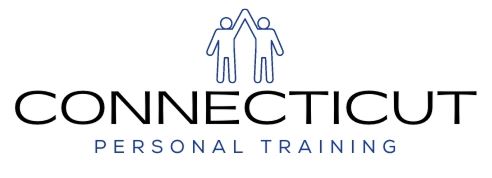Most athletes are aware of the danger of injuries, and one of the most debilitating sports-related injuries is a torn anterior cruciate ligament, or ACL. The ACL is one of the four main ligaments of the knee, and when torn, it can absolutely sideline even the best athletes.
When someone tears their ACL, they will notice pain and swelling, and while those symptoms may subside, there will be significant loss of stabilization in the knee, and the tibia will be more likely to slide forwards. For athletes, this lack of stabilization will significantly inhibit performance, but more importantly, it will be put the athlete at much greater risk for further damage to the knee. As a strength and conditioning coach, I understand that there is very little I can do to prevent contact injuries, meaning that there is nothing we can do if an athlete takes a bad hit and lands awkwardly. It will always be my goal, however, to help athletes prevent non-contact injuries, i.e., an injury of an athlete tearing their ACL in the process of performing normal athletic movements. There are a few precursors that can potentially put an athlete at risk. It is my job to be able to find these precursors and create corrective exercises to help prevent them.
Interestingly, studies have shown that female athletes are at a greater risk for experiencing ACL injuries.
But why?
In the early 90s, the NCAA did a study researching the occurrences of ACL injuries between male and female athletes. Over a three-year period, the study found that women are four times more likely in basketball; three times more likely in gymnastics; and two-and-a-half times more likely in soccer to experience ACL injuries than their male counterparts. So, we know that female athletes are indeed at a greater risk to experience an ACL injury, but the more important question is why? And how can we, as fitness professionals, help prevent these injuries?
There are a few possible reasons that have been theorized as causes of this increased risk factor. The most commonly accepted, and the one I believe to be the most likely cause, is the Q-Angle of the knee. “Q-angle” is an abbreviation for the quadriceps femoris muscle angle. Simply speaking, this is the angle of the quadricep measured by drawing one line from the anterior superior iliac spine to the center of the patella, and a second line from the center of the patella to the tibial tubercle, as noticed in the picture below.

The reason why female athletes are at greater risk is due to the fact that, anatomically, women generally have wider hips (to assist in child birth). A female’s wider hips increase the Q-angle, and will put more torque on the knee –and more specifically the ACL. Typically, the Q-angle for men is 8 to15 degrees and for women, the Q-angle ranges between 12 to 19 degrees. It has been shown that when the Q-angle increases past 20 degrees, the potential for an ACL injury will greatly increase.
So, how can we limit this risk factor? It is impossible to narrow the hips or lengthen the femur. We cannot change the structure of the body, and because we cannot change the structure of bone, we will have to correct the risk factors by training the proper musculature.
When there is an increased Q-Angle, the femur will rotate in and adduct the knee. It is this internal rotation and adduction that puts extra stress on the ACL, especially when there are quick changes of direction, sudden stops, and jumps.
There are two main muscle groups that are imperative to train to help limit the risk factors of tearing an ACL. The first is the Gluteus Maximus; this large muscle of the hip complex will abduct the femur and will externally rotate the hip. It is important to focus on corrective exercises that emphasis these two muscle actions. The other main muscle to focus on is the Vastus Medialis Oblique (the VMO). This is properly the single most important quad muscle for knee stabilization. Adding in terminal extension exercises to focus on strengthening the VMO will have a huge impact on overall strength of the knee. There is nothing that can ever guarantee that an athlete will not get injured, but adding these correctives to female athletes’ training program can absolutely help decrease the potential of an ACL injury. This is why proper strength and conditioning are absolutely crucial to getting the best out of your athlete.



